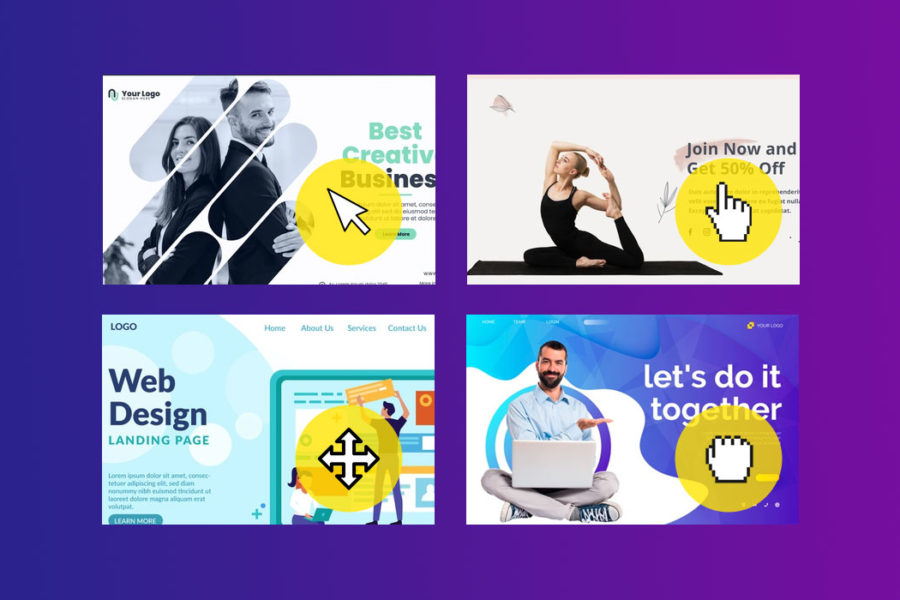Reading, writing, and calculation are the base pillars of learning. Although the techniques used to teach them can differ, the three pillars are eternal and fundamental. They empower learners with the knowledge required to communicate and engage in the community. And they build the groundwork for a collection of more nuanced skills: logical thinking, teamwork, non-linear reasoning, and so on.
The three pillars are not going away. But as more and more of our everyday lives depend on the internet—whether it’s receiving news, communicating with relatives and friends, or talking about topics that concern us it’s time to consider the need for further core component for education: web literacy.
We may describe web literacy as the capability to read, write, and engage throughout the web. Web literacy requires a range of skills – from designing and programming to knowing that anonymity matters online but helps students to do one important thing: participate usefully on the Web.
Web learning in the 21st century offers up the same possibilities as reading and writing. The participant who is willing to build digitally has an infinite variety of resources. Students who are willing to collaborate with friends on the Web will add unique, innovative experiences to their work. And the student who can differentiate between accurate and inaccurate knowledge will always have a benefit.
Internet use is increasing, with a vast number of people worldwide – 60% – projected to be digital by 2021. The incorporation of the Web into people’s everyday lives is facilitated by hardware and applications that are convenient to use and need minimal technological comprehension. This decreases the entrance barrier and allows the Internet to be more and more accessible.
Once learners are web-literate, knowledge becomes more available and education becomes more complex. Web awareness is inspiring. And that’s why it can’t be overlooked. Yet too frequently, students experience a ‘read-only’ network—a web where the material is absorbed, but not generated.
So, how are we going to resolve that?
Firstly, through training children how to learn, write, and engage digitally effectively and efficiently: by hands-on, reflective practice. The Internet does not apply itself to teaching textbooks and chalkboard designs. Learners are better trained to gain online literacy by constantly typing, hyperlinking, and communicating as they go.
For example, as an instructor teaches the distinction between accurate and inaccurate online material, learners should be looking through all the findings of the web browser. And when an instructor teaches fundamentals of HTML, students can make a sentence or two on their own and observe it come alive on the computer monitor even if they merely apply parentheses or a section break. If access to the Internet is restricted, it should not be a major obstacle. Students could draw HTML tags or design a web page with paper and pen.
Web literacy is important if people want to learn and be able to reap the benefits of all that the internet has to offer. Using the internet without somehow building key online literacy skills is like studying the letters, but not the vocals – something basic is lacking, making it tough, if not impractical, to fully recognize or use it successfully.
Like reading, composing, and calculating, web literacy is both a talent and a practice. You’re not just learning to read things: you’re learning to read and understand. You’re not merely learning arithmetic: you’re learning to count and measure. Likewise, you’re not only learning ‘about’ the web: you’re learning, for example, how to check to broaden the limits of your knowledge. Or you’re practicing a new talent. Or how to post your work online.
Universal web literacy does not imply that everybody has to learn how to code complicated web pages. A lower level of technological knowledge and motivation can be very significant. For several, learning how to configure programs on their smartphones or how to search accurate online content more quickly provides a strong and useful sense of individuality.
Web literacy requires the skills and knowledge required to read, write, and engage on the web. It has been represented as “both material and action” – i.e., web users can learn about not only the web but also how to create their website.
So, how to spread web literacy all over the place?
The Network is also interactive in design, and so is web literacy education. Learners may modify and recycle each other’s designs, incorporating their spin. This teaching approach also extends to open practices: The Web functions well where anyone can lend their experience. Know the first slogan of the World Wide Web? “Let’s share what we know about it.”
Educators must also be mindful that web literacy education is also taking place in school. Among the most important training takes place as students meet in coffee houses, laboratories, and living areas after classes. Thankfully, there is no lack of smart instructors who have already incorporated online literacy into their teaching methods. Yet we see it everywhere: teachers across the globe teach their children how to create web sites, compose HTML, and ensure their safety.







Leave a Comment